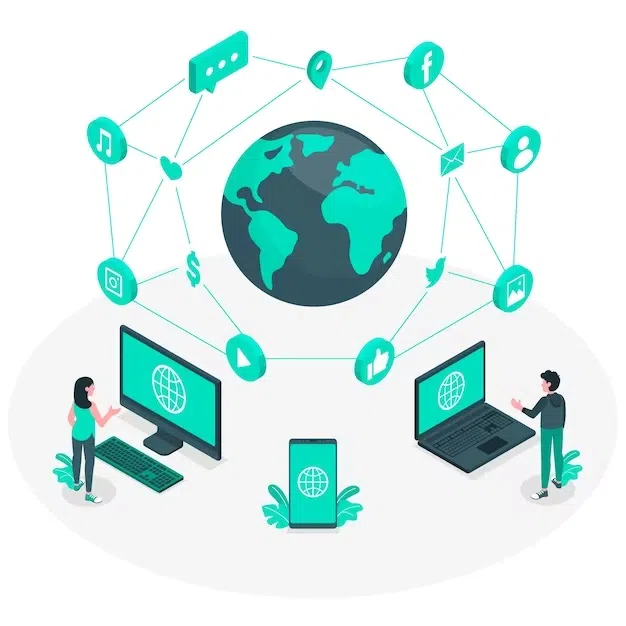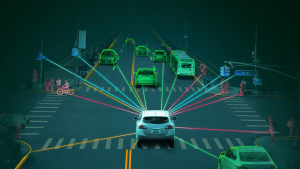Introduction
In the rapidly evolving landscape of education, technology has emerged as a powerful catalyst, reshaping traditional classrooms into dynamic digital environments. The integration of technological tools and digital resources has not only transformed the way students learn but has also presented educators with innovative opportunities. In this blog, we’ll explore the profound impact of technology on education and how educators and students are navigating the digital classroom.
1. Enhancing Access to Educational Resources
Digital Textbooks and Open Educational Resources:
- The shift from traditional textbooks to digital resources has increased accessibility and affordability.
- Open Educational Resources (OERs) provide free and easily accessible materials, reducing financial barriers to education.
2. Personalized Learning Experiences
Adaptive Learning Platforms:
- Technology enables adaptive learning platforms that tailor educational content to individual student needs.
- Personalized learning paths enhance comprehension and engagement, accommodating diverse learning styles.
3. Interactive and Engaging Learning
Educational Apps and Gamification:
- Interactive educational apps and gamified learning experiences captivate student interest.
- Gamification elements, such as rewards and challenges, make the learning process enjoyable and effective.
4. Collaborative Learning Opportunities
Virtual Classrooms and Collaboration Tools:
- Virtual classrooms facilitate real-time collaboration among students and educators, transcending geographical boundaries.
- Collaboration tools like Google Workspace and Microsoft Teams promote seamless interaction and group projects.
5. Bridging Gaps with Remote Learning
E-Learning Platforms and Video Conferencing:
- The rise of e-learning platforms and video conferencing tools has facilitated remote learning.
- Students can participate in classes, engage in discussions, and submit assignments from the comfort of their homes.
6. Fostering Digital Literacy Skills
Tech-Integrated Curriculum:
- A curriculum infused with technology nurtures essential digital literacy skills.
- Students gain proficiency in using digital tools, preparing them for the demands of the modern workforce.
7. Real-Time Assessment and Feedback
Online Assessment Platforms:
- Technology enables real-time assessment and immediate feedback for students.
- Educators can track progress, identify areas of improvement, and tailor instruction accordingly.
Challenges and Considerations
1. Digital Divide:
- Addressing the digital divide remains a challenge, as not all students have equal access to technology and high-speed internet.
2. Technological Integration Training:
- Educators may face a learning curve in integrating new technologies effectively.
- Professional development opportunities are crucial for educators to stay abreast of technological advancements.
Conclusion: Navigating the Future of Education
As technology continues to redefine the educational landscape, educators find themselves at the forefront of a digital revolution. Navigating the digital classroom requires adaptability, a commitment to ongoing learning, and a focus on leveraging technology to enhance rather than replace traditional teaching methods. Ultimately, the impact of technology on education presents a realm of possibilities, fostering a future where learning is accessible, engaging, and tailored to the unique needs of each student. By embracing these changes, educators and students alike embark on a journey towards a more interconnected, technologically advanced, and inclusive educational experience.
For more updates stay with boardofjobs.com


